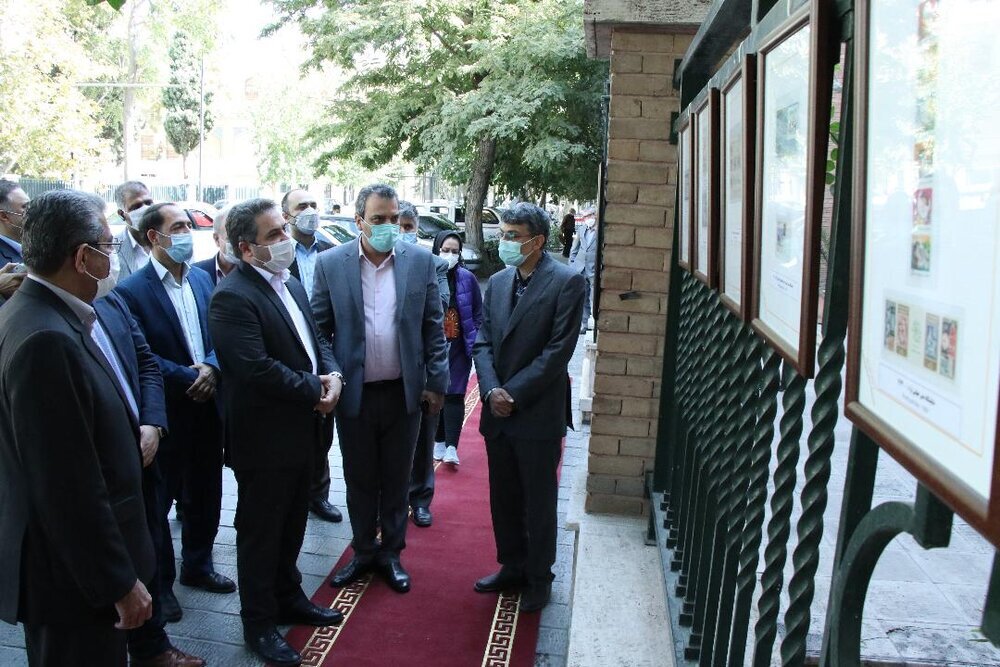Rare postal stamps on show at Tehran exhibit

TEHRAN –Some 45 historical and rare postal stamps are currently on show in an exhibition at Iran’s Research Institute for Cultural Heritage and Tourism (RICHT) in Tehran.
Organized in collaboration with Iran’s Post Company, the exhibition is being held to mark World Post Day, which is celebrated annually on October 9, as well as National Post Week, CHTN reported on Sunday.
Among the stamps on display, 30 have been issued by Iran Post, the government-owned and operated corporation responsible for providing postal services, from 1972 to 2018, and 15 stamps have been issued by countries such as Sweden, Norway, France, Japan, and Korea between 1964 and 2008, the report added.
World Post Day is celebrated on October 9, the anniversary of the establishment of the Universal Postal Union in 1874 in the Swiss capital, Bern. It is an occasion to recognize the invaluable contributions of postal workers and post offices to societies all over the world.
The history and post and postage, however, goes far back in time as Iranians, during the Achaemenid era (c. 550-330 BC), enjoyed an innovative efficient system, which remained a source of inspiration for subsequent generations.
Prehistorical Iranians were able to deliver messages from one end of the gigantic Persian Empire, which stretched from Ethiopia, through Egypt, to Greece, to Anatolia (modern Turkey), Central Asia, and India, to the other just within few days using couriers on horseback.
According to reliable sources, a message could be sent from Susa, the administrative capital of the empire in western Iran, to Sardis, which is now situated in what is now western Turkey, in between seven and nine days, traveling through the then Royal Road, a sort of highway connecting the two cities.
In that era, the post was a government service for carrying official correspondence in sealed bags though routes occasionally disrupted by war, rebellion, or simply lack of security.
In addition, postal riders and messengers played a particularly important role in gathering intelligence throughout the empire. For instance, among their duties was escorting government officials to their posts.
According to Iranica, after the fall of the Sassanian Empire in the 7th century CE, the Persian system of message delivery was practiced more or less both by invaders like the Arabs and Mongols, and the indigenous dynasties that followed like the Safavids, Zands, and Qajars.
However, in the new world, it was only in 1851 when the government of Iran started to produce its own stamps, thus the creation of a unique mailing and communication arrangement.
It was through the Naser al-Din Shah Qajar’s (1848-1896) that the postal system in Iran has begun developing. He was inspired by the reported successes of a postal system in many regions, so he decided to send a group to France to study the system and launch it in Iran.
ABU/AFM
